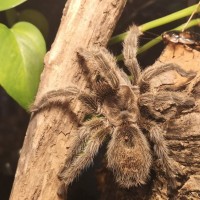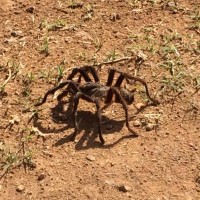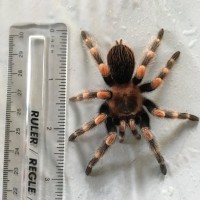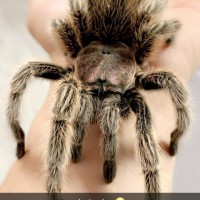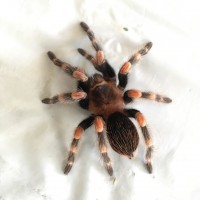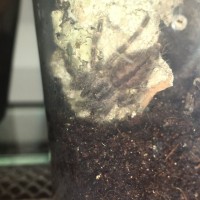Media information
- Category
- Tarantula Identification
- Added by
- kerplunk
- Date added
- View count
- 2,686
- Comment count
- 34
- Rating
- 0.00 star(s) 0 ratings
Image metadata
- Filename
- 59022632_358607588109998_310616656231530496_n.jpg
- File size
- 750 KB
- Dimensions
- 3024px x 4032px

